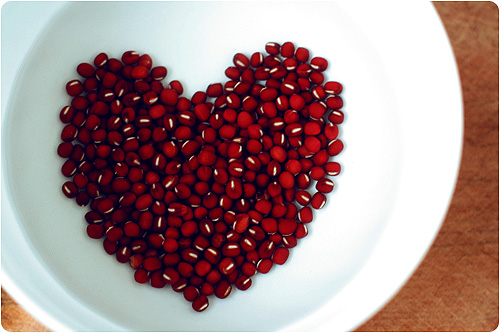There are hundreds of romance novels in a category that some have named “Plain Jane and Hot Stud,” a theme that was equally popular when Jane Austen wrote “Pride and Prejudice.” Tall and good-looking, endowed with a “noble mien,” Mr. Darcy initially denigrates Elizabeth Bennet’s appearance: “She is tolerable, but not handsome enough to tempt me.” He notes “more than one failure of perfect symmetry in her form.”
Even worse for the rich Mr. Darcy, her family’s social status is “so decidedly beneath my own.”
His initial reactions make perfect sense to evolutionary psychologists, because these preferences can improve the odds of passing on one’s genes. Beauty and physical symmetry are markers of a mate’s health and genetic fitness; status and wealth make it more likely that children will survive to adulthood.
It seems logical for people with high mate value to insist on comparable partners, and there’s some evidence that they do. By observing singles pursuing one another at online dating sites and in speed-dating experiments, researchers have found that people tend to end up with those of similar mate value.
That pattern also occurs in married couples: Attractive, well-educated, high-earning people tend to marry people like themselves. In fact,economists say that this growing trend of “assortative mating” is a major cause of income inequality, because a household with two high earners makes so much more money than a household with two low earners (or only one earner).
At the start of the semester, the students pretty much agreed on who in their class was most desirable. But when they were asked again three months later, after spending a semester in a small class together, their judgments varied widely on who was hot and who was not.
Read more.
Photo: Nathan Rupert




